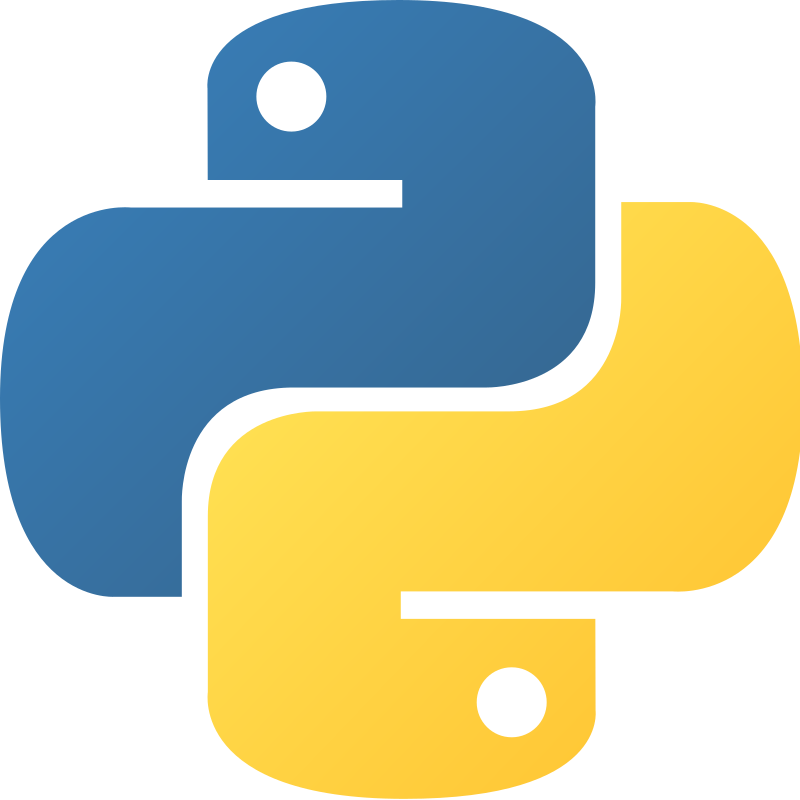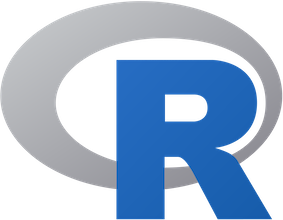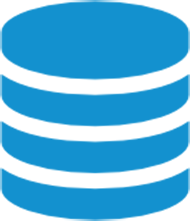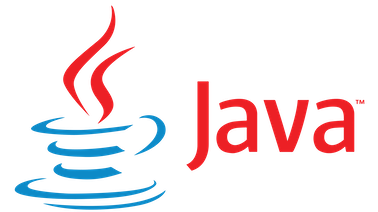Top Programming Languages for Data Science in 2024
Introduction
In 2024, to choose the right programming language, we must first look at what data scientists do in their daily work. A data scientist is a technical expert who uses mathematical and statistical techniques to manipulate, analyze and extract information from data. The following guide thoroughly examines the finest programming languages for data science, including pros and limitations, as well as areas of use.
1. Python
Python is the undisputed champion of data science. It is used by both newbie and professionals because of it usability, simplicity and readability and rich environment.
Strengths:
- It is useful in many applications, including machine learning, deep learning etc.
- NumPy, pandas, and scikit-learn are very popular libraries of python which is useful for data science.
- Python has an active community that ensures continuing support and development.
Use Cases:
- Python facilitates data translation and cleansing.
- TensorFlow and Scikit-Learn offer powerful machine-learning workflows.
- The Python packages simplify web scraping.
Points to be consider:
Suboptimal performance.
2. R
R is a programming language which is designed for data science and visualization.
Advantages:
- R provides diverse statistical functions and tools for analysis.
- Graphics: It has an unrivaled ability to visualize data.
- Data manipulation is simplified with the Dplyr package.
Use Cases:
- R excels in exploratory data analysis (EDA).
- ANOVA, linear regression, and other statistical modeling methods.
- Data visualization: ggplot2 produces beautiful charts.
Points to consider:
Learning Curve: R syntax may be tough.
3. SQL
Structured Query Language, or SQL, is necessary for working with databases.
Advantages:
- Faster Query Processing: A large amount of data is retrieved quickly and efficiently. Operations like Insertion, deletion, and manipulation of data are also done in almost no time.
- No Coding Skills: For data retrieval, a large number of lines of code is not required. All basic keywords such as SELECT, INSERT INTO, UPDATE, etc are used, and also the syntactical rules are not complex in SQL, which makes it a user-friendly language.
- Standardized Language :Due to documentation and long establishment over the years, it provides a uniform platform worldwide to all its users.
Use Cases:
- Database queries: SELECT clauses are used to obtain pertinent data.
- Data Transformation: The INSERT and UPDATE commands in SQL alter data.
- Aggregates include SUM, COUNT, AVG, and so on.
Taking into account
Specialization:
Although SQL is domain-specific, data professionals cannot function without it.
4. Java
The object-oriented language Java has a position in the processing of large data.
Advantages:
- Scalability: Java can process massive amounts of data.
- Ecosystem: Java is essential to Hadoop and Spark.
- Community: Support is guaranteed by a large community.
Use Cases:
- Big Data: Frameworks for distributed computing are powered by Java.
- Enterprise Applications: Business intelligence systems employ Java.
Taking into account
Complexity:
For novices in data science, Java's verbosity may be intimidating.
5. Scala
Run on the Java Virtual Machine (JVM), Scala blends the object-oriented and functional paradigms.
Advantages:
- Scala is a great language for concurrent programming.
- Scala is the recommended language for Apache Spark.
- Interoperability: It easily combines with Java code that already exists.
Use Cases:
- Big Data Processing: The succinct syntax of Scala increases efficiency.
- Functional Programming: Scala has strong functional features.
Taking into account
Learning Curve:
Distributed data processing benefits greatly from learning Scala, while it does involve work.
Conclusion
By 2024, data scientists will require fluency in multiple of these languages. R, SQL, Java, Scala, and Python remain the workhorses, but they are also highly significant. A flexible mentality and an insatiable thirst for information are required for success in this quickly changing sector.
Keep in mind that the appropriate terminology will vary depending on your requirements and the project's specifications. Look into, try, and decide what works best for you!
Also, read this: https://technicalabrarali.blogspot.com/2024/05/top-10-ai-tools-for-content-creation.html






